Midget DCS submarines for the US Navy
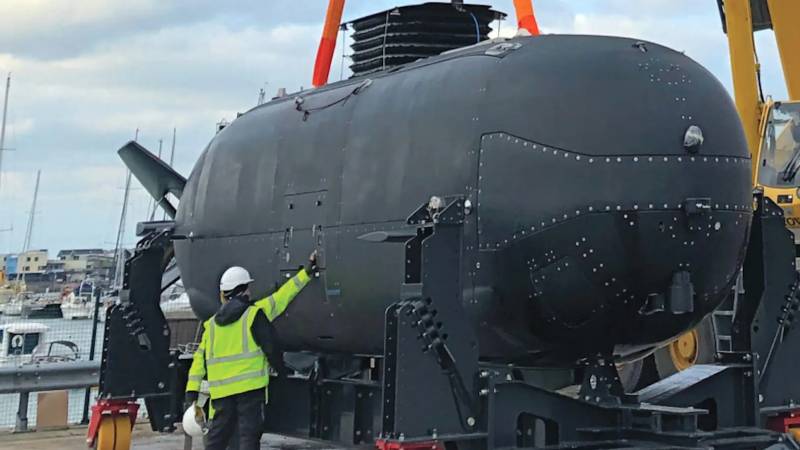
Submarine DCS of the first series
By order of the US Navy and Special Operations Command, a new generation of ultra-small submarines designed to transport combat swimmers is being developed and built. The head mini-submarine of the new Dry Combat Submersible project has recently passed all the necessary tests and was put into operation. In the near future, this boat will begin to solve real combat missions, and then the following hulls will join it. In addition, the development of a modernized project is planned.
New generation
Currently, the US Navy is armed with several types of ultra-small submarines (SMPLs) designed to transport combat swimmers and support special operations. They differ in size, the number of people and goods transported, running characteristics, etc. At the same time, not all available samples are fully satisfied with the Navy.
The main disadvantages of these SMPLs are limited capacity and low running characteristics. Also a big problem is the lack of a sealed habitable compartment. The impossibility of accommodating the crew and troops without diving suits and breathing apparatus complicates their work, and also seriously limits the possible duration of the mission.
Once again, they tried to get rid of these shortcomings and limitations in the middle of the tenth years. The Navy launched the Dry Combat Submersible program (“Combat submarine with a dry compartment”) and developed requirements for a promising SMPL. The contract for the development of the project and the subsequent construction of submarines was received by Lockheed Martin, which joined forces with the British MSubs. According to reports, the contract provided for the construction of three submarines.
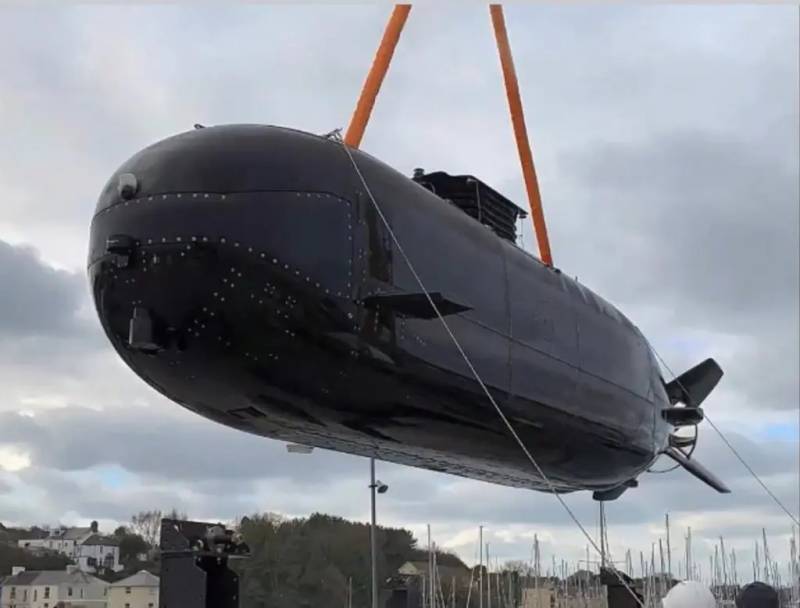
Three ordered SMPLs belong to the first series, the so-called. DCS Block I or DCS Now. In the future, based on the experience of developing and testing such equipment, they want to develop an improved project. It is now known by the conventions DCS Block II or DCS Next. The exact timing of the implementation of such a project has not yet been called.
Construction and its results
The development of the DCS Block I project and the construction of the lead submarine took several years and was completed by the end of the decade. Not later than the spring of 2020, the first SMPL was sent for sea trials. In the near future, she had to show all her capabilities and advantages over the available special submarines.
In 2020, the start of construction of two more ships was reported. The second DCS product at that time was on the stocks of the British company MSubs, and its assembly continued. The third sample existed only as part of the aggregates. So, the hull structures were handled by a subcontractor in Germany, and after the assembly was completed, they were supposed to be sent to the UK.
No later than the beginning of 2023, the DCS lead boat completed the tests and received high marks. Preparations for future operation began. According to the US Navy, in May it reached initial operational readiness. Now she can be involved in some events, incl. teachings. In addition, full operational readiness is expected in the near future.
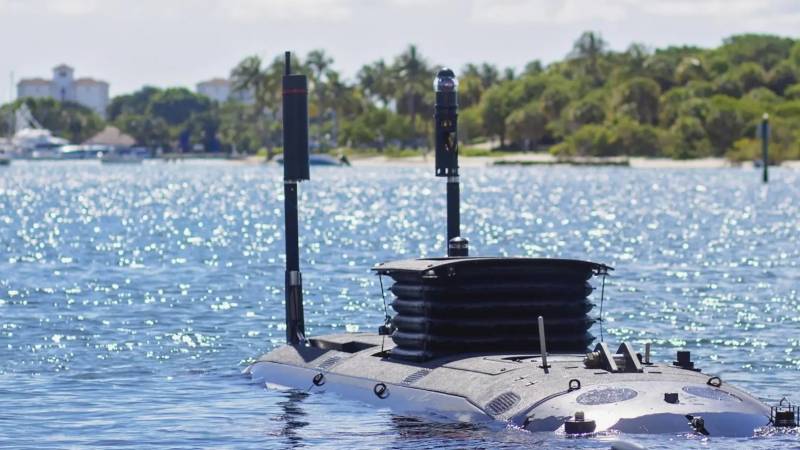
Submarine on the water
The next two DCS Block I products have already been built and are in the final stages of testing. It was recently announced that one or two submarines will be put into service before the end of July. Thus, the Navy will begin the full development of new technology, and Lockheed Martin will be able to develop a modernized project.
With all the benefits
The ultra-small DCS submarine is intended for special operations, and therefore the development and testing were carried out with the necessary secrecy. At the same time, the project for the US Navy was developed on the basis of the famous Nemesis submarine from the British company MSub. The similarity of the two projects, the absence of radical differences and the few official information about DCS allow us to paint a big picture.
DCS Block I is a submarine less than 12 m long with a displacement of approx. 30 tons. Apparently, it was built according to a one- or one-and-a-half-hull scheme. The main systems and mechanisms are located inside the robust case, and some of the units are located outside it, under the cover of light casings. Externally, the body has a torpedo shape with a cross section close to a square. The cabin on the upper part of the hull is foldable. The case provides immersion to a depth of 100 m.
The submarine has a fully electric power plant. It is based on high-capacity lithium-ion batteries and a propulsion motor. In a submerged position, the SMPL should reach speeds of up to 5 knots. The cruising range in this case exceeds 60 nautical miles.
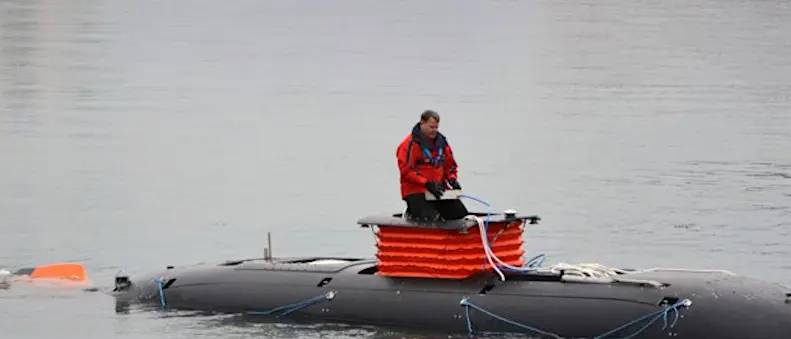
SMPL Nemesis from MSubs - DCS was created on its basis
The composition of the instrumentation of the SMPL DCS is unknown. Obviously, the ship has a complete set of navigation, control, communications, etc. The characteristic elements of the bow indicate the use of a hydroacoustic station. It is also possible to use other devices, incl. modular load to solve certain problems.
The DCS submarine is operated by a crew of two. The habitable compartment can accommodate eight passengers - combat swimmers with equipment and weapons. Probably, the ergonomics of the compartment is determined taking into account the need for a long voyage. When performing a combat mission, swimmers covertly leave the boat and return aboard through the existing lock.
Like other combat swimmer delivery vehicles, the DCS-type SMPL needs a carrier. It is planned to be fixed on the deck of a compatible large submarine and delivered to the site of the operation. Then the ultra-small ship with the crew and troops on board must undock, perform assigned tasks and return to the carrier. Combat nuclear submarines of the main types are considered as future DCS carriers.
The goals of the DCS Next / Block II modernization project are still not known for certain. According to various sources, it is planned to improve the power plant and / or control systems. New measures may also be envisaged to ensure docking with the carrier. It cannot be ruled out that after the modernization DCS will become the carrier of certain underwater vehicles - while maintaining the original transport function.
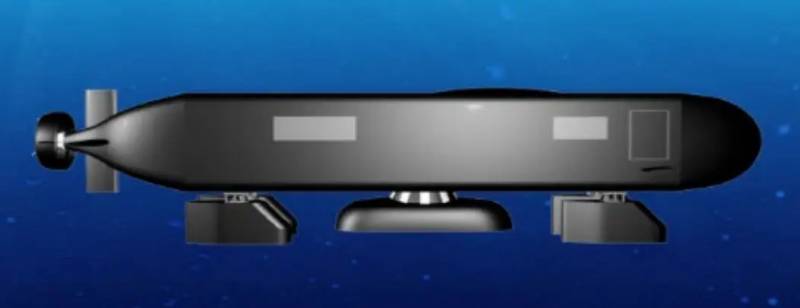
Possible appearance of the future submarine DCS Block II
Solving Problems
Thus, the US Navy and the largest contractor have developed, tested and brought to operation a new model of special-purpose underwater equipment. In the near future, the DCS program will reach its main result - at the disposal of fleet and its special forces, a small flotilla of new ultra-small submarines with improved performance and capabilities will appear.
The DCS program is interesting, first of all, because thanks to it, the Navy was able to solve a rather old, but still relevant problem. The existing means of delivery for combat swimmers had a characteristic technical appearance, as a result of which the conditions for the crew and landing force left much to be desired and imposed restrictions. New SMPL DCS are free from these shortcomings. Now we are talking about a full-fledged submarine with a sealed habitable volume and an airlock.
"Dry" placement of people and equipment will give obvious advantages. Combat swimmers will be able to comfortably get to the place where they will perform tasks, they will not be at risk of hypothermia on the way, etc. With all this, DCS retains low running characteristics, which affects the duration of swimming and imposes increased demands on ergonomics.
In the near future, the US Navy is going to receive the first three DCS-class submarines. Judging by the known data, this is not enough to completely update the existing "fleet" of the SMPL for combat swimmers. However, in the future they plan to build several more DCS Next products, which will increase the share of modern technology. However, the first series of three boats, with proper use, will give the Navy the necessary capabilities.
Overall, the recent successes of the DCS program give the US Navy and Special Operations Command cause for optimism. Their special forces, after many years of waiting, will receive special equipment with the desired capabilities. However, the formation of a larger "flotilla" will take a long time. A full transition to the "dry" method of transporting swimmers will be even more difficult and lengthy - of course, if it is required and generally possible.
Information